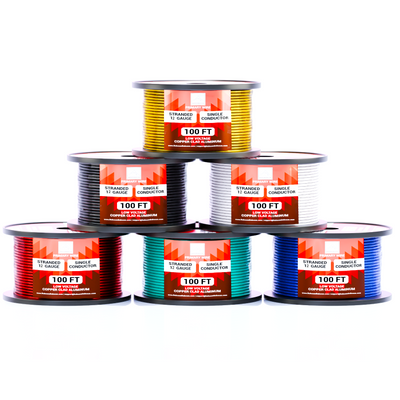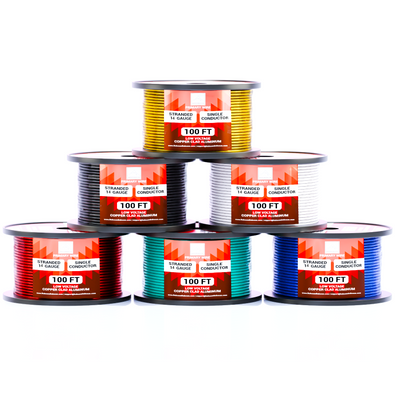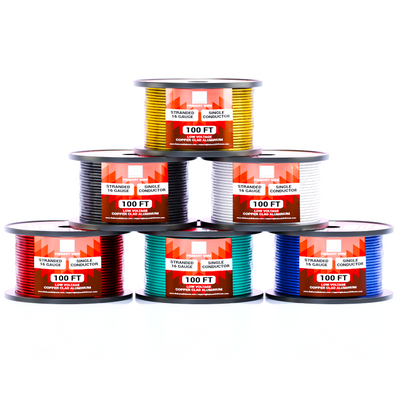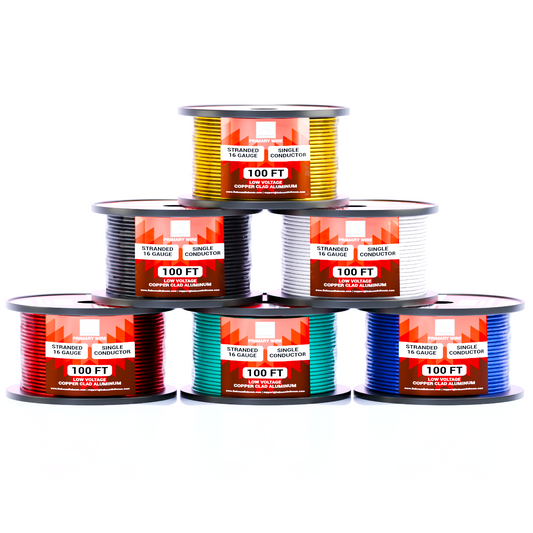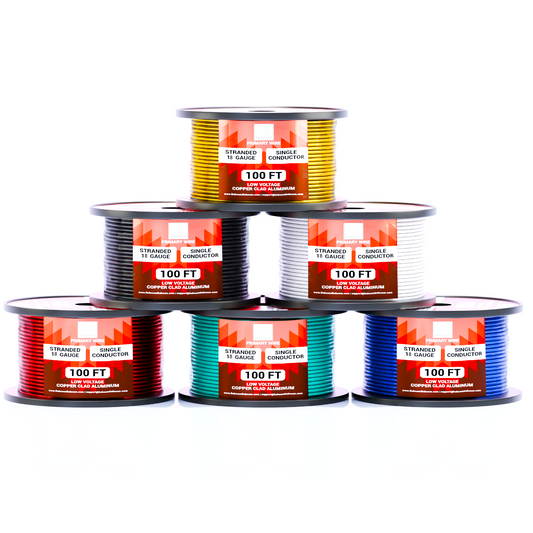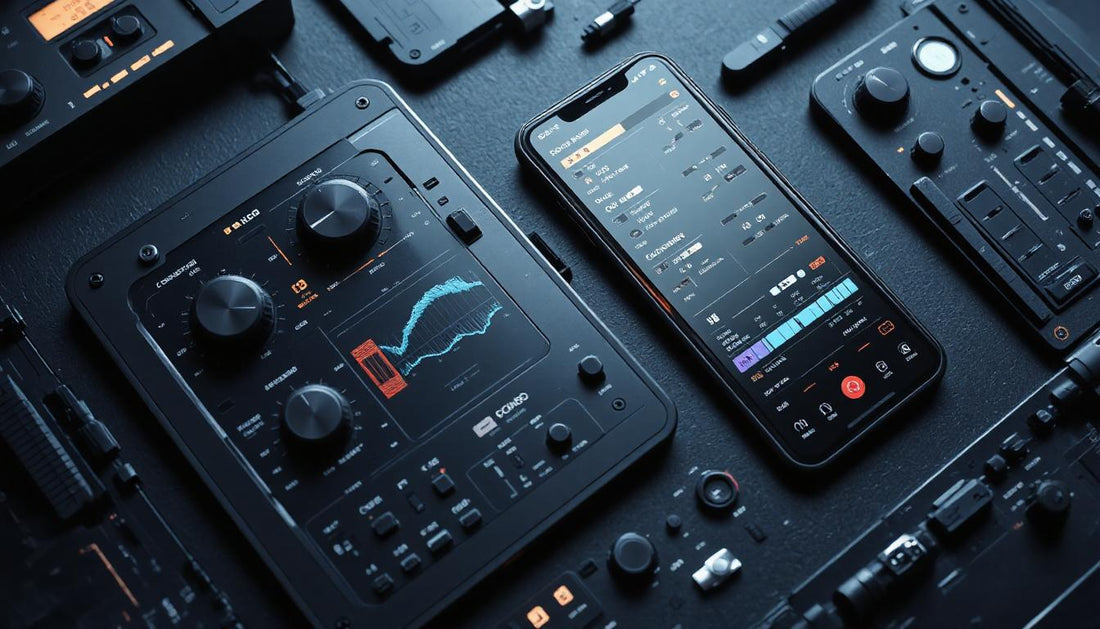
Choosing the Best DSP (Digital Signal Processor) for Car Audio Systems
Share
Introduction
A Digital Signal Processor (DSP) is an essential upgrade for anyone serious about achieving pristine sound quality inside their vehicle. By offering precise control over audio signals, a DSP can dramatically enhance sound clarity, imaging, tonal balance, and overall system dynamics. Whether you're starting from a factory setup or constructing a fully custom audio system, selecting the right DSP is pivotal. In this guide, we'll explore the key considerations, must-have features, and expert advice to help you choose the perfect DSP for your car audio dreams.

Understand What a DSP Does
Before diving into options, it’s crucial to grasp the primary function of a DSP. Essentially, a DSP captures the raw audio signal and digitally manipulates it to fit your car’s acoustical environment. It enables:
- Fine-tuning of Equalization (EQ) across multiple frequency bands
- Precise Time Alignment for soundstage coherence
- Crossover Configuration to assign correct frequency ranges to different speakers
- Signal Summing for factory integration
- Output Channel Management to customize your setup
With a DSP, you're crafting a balanced sound experience rather than simply tweaking bass or treble. It's like having a recording studio mixing board dedicated to your vehicle.
Consider Your System Setup and Future Goals
The best DSP for your setup heavily depends on both your current system and where you see it heading. Key questions to consider include:
- Are you retaining your factory head unit or upgrading to an aftermarket unit?
- How many channels do you need now, and will you add more speakers or amplifiers later?
- Are you planning to run active crossovers directly from the DSP?
A basic system might do fine with a 4- or 6-channel processor, while a full competition-grade build may require an 8-, 10-, or even 12-channel DSP. It's wise to future-proof your investment by choosing a DSP that offers enough flexibility for upgrades down the line.

Look for Comprehensive Tuning Features
Not all DSPs are created equal when it comes to tuning capabilities. Look for:
- 31-band parametric or graphic EQ on each channel
- Precise Time Delay adjustments (expressed in milliseconds or inches)
- Customizable Crossovers with multiple filter options
- Adjustable Output Levels and Phase Controls
Top-tier DSPs offer fully independent channel tuning, allowing you to tailor each speaker’s output for maximum clarity and imaging. If you aim for a truly audiophile-grade setup, these fine-tuning features are non-negotiable.
Software and User Interface Accessibility
Another often-overlooked aspect is the software and user interface design. High-quality DSPs come with:
- PC, Mac, or mobile app compatibility
- Bluetooth or Wi-Fi tuning options
- Intuitive graphical user interfaces with real-time adjustments
- Preset memory slots for different tuning profiles
Beginners should prioritize DSPs with guided setup wizards, while advanced users might prefer complete manual control. Either way, seamless interaction with the tuning software significantly enhances the setup process.

Evaluate Input and Output Versatility
Ensure your chosen DSP is equipped with the input and output options that match your system's complexity. Key points to check:
- RCA low-level inputs for aftermarket sources
- High-level speaker inputs for factory systems
- Optical and Coaxial Digital inputs for high-res sources
- Enough preamp RCA outputs to match amplifier channels
- Optional Bluetooth streaming modules for wireless audio
Certain premium DSPs also offer built-in high-resolution DACs (Digital-to-Analog Converters), providing ultra-clean signal paths for the ultimate listening experience.
Integration and Installation Considerations
Integrating a DSP into a factory system demands additional features like:
- OEM Signal Summing
- De-EQ functions to counteract factory audio equalization
- Auto Turn-On via signal detection or remote wire
Physical space constraints are real in most vehicles, so ensure the DSP's size matches your available mounting space. Compact DSP models can hide easily under seats, in glove compartments, or behind trim panels.
Additionally, ensure your wiring, such as Copper-Clad Aluminum (CCA) wire, is robust enough to handle current demands and maintain clean signal transmission. Proper grounding and power distribution are essential for avoiding unwanted noise or distortion.

Establish a Realistic and Flexible Budget
DSPs can cost anywhere from under $200 to over $1,500 depending on brand, features, and quality. While budget models can still yield significant sound improvements, premium units offer better DACs, noise rejection, and expandability.
It’s essential to balance your investment between the DSP itself, high-quality wiring (like that offered by Baboom Baboom), reliable amplifiers, and quality installation. A well-rounded system will sound better than an expensive DSP paired with inadequate supporting components.
Seek Expert Opinions and User Reviews
Before making a purchase, dive into forums, social media groups, and expert reviews. Look for real-world feedback on:
- Ease of installation and setup
- Software reliability
- Sound quality improvements
- Integration success with various vehicle models
Brands often mentioned for their excellence include Helix, Audison, JL Audio, and AudioControl, among others. Consulting car audio specialists or visiting reputable retailers can also provide invaluable insights.

Conclusion
Choosing the best DSP for your car audio system involves understanding your current setup, planning for future expansion, evaluating tuning needs, and establishing a practical budget. Whether you're seeking subtle refinement or world-class sound quality, the right DSP can transform your in-car listening experience into something extraordinary.
Thanks to companies like Baboom Baboom, sourcing high-quality installation steps and expert guidance has never been easier. With careful planning and the right equipment, you’ll be well on your way to experiencing car audio like never before. Ready to fine-tune your sonic landscape? Dive into the world of DSPs and unleash the full potential of your system today! Experiment with our Expert Software Tools to get customized wiring insights. Want more tutorials like this? Visit our Articles Page.

